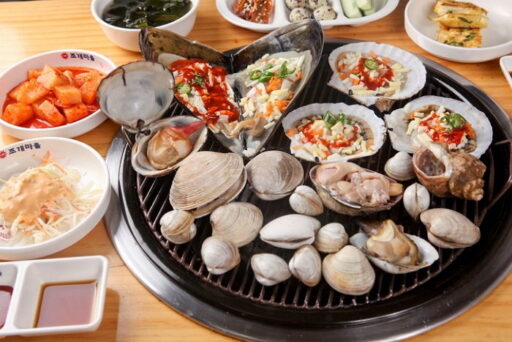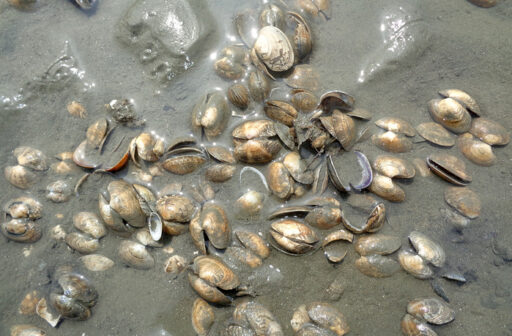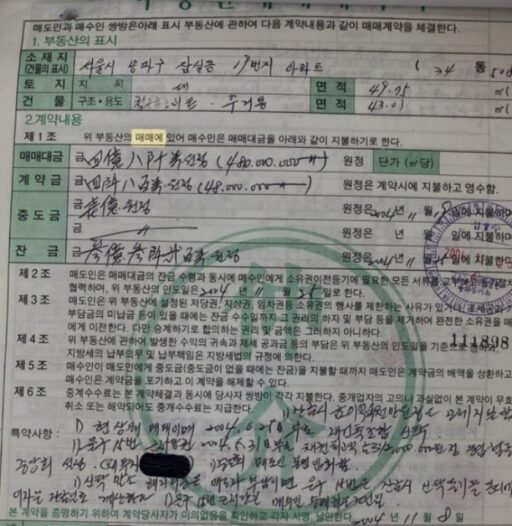Clam Consumption Leads to Group Food Poisoning Outbreak, Vibrio Bacteria Detected
The Ministry of Food and Drug Safety has announced the results of an investigation revealing a significant number of cases reporting symptoms such as diarrhea and abdominal pain after dining at a restaurant.
According to the investigation conducted on the 5th, among 59 patrons who dined at Restaurant A, 43 exhibited symptoms of diarrhea and abdominal pain, resulting in a high incidence rate of 72.9%.

To identify the causative pathogen and prevent further transmission, the Ministry conducted an epidemiological investigation, which resulted in the detection of Vibrio bacteria in 17 patients and one instance involving boiled clams.
The Ministry of Food and Drug Safety stated that the outbreak of food poisoning is suspected to be caused by cross-contamination during the cleaning process of clams and the consumption of inadequately cooked clams.
A representative from the Ministry explained, "We confirmed the combined consumption of raw and cooked shellfish, as well as the proximity of the washing sink and preparation area."
Characteristics of Enteropathogenic Vibrio and Infection Routes
Enteropathogenic Vibrio is a foodborne pathogen that multiplies when sea water temperatures exceed 15 degrees Celsius. It proliferates most quickly in warm seawater between 20 and 37 degrees Celsius, showing characteristics of increasing its population by a million times in just 3 to 4 hours.
This bacterium is primarily found in the gills and organs of marine life such as shellfish and squid. The risk of food poisoning increases when these are consumed without sufficient washing or thorough cooking.
Moreover, failing to properly clean cooking utensils can lead to secondary contamination, necessitating caution.

Infection with enteropathogenic Vibrio can result in symptoms such as abdominal pain, diarrhea, fever, and vomiting. However, with appropriate hydration and nutritional support, recovery typically occurs within 2 to 3 days.
Safety Guidelines for Preventing Food Poisoning
To prevent food poisoning from shellfish like clams, it is crucial to maintain temperatures below 5 degrees Celsius during manufacturing and distribution.
This can effectively inhibit bacterial growth.
When consuming, it is advisable to avoid raw consumption and ensure thorough cooking, with a safety temperature of heating for more than 1 minute at a center temperature of 85 degrees Celsius.
When handling raw seafood, it should be processed in a hygienic environment, and care should be taken to avoid cross-contamination during washing.
Considering the characteristics of enteropathogenic Vibrio, using salt-free water for cleaning is effective. Additionally, separating cooking utensils by their intended use is recommended; if separation is difficult, washing should proceed in the order of vegetables, meat, and then seafood.

Meanwhile, the similarly named Vibrio vulnificus appears when sea temperatures rise, starting in May and June, with cases increasing by August before disappearing by October.
This bacterium is primarily found in temperate, subtropical, and tropical seawater, and in the Republic of Korea, it is mainly detected along the coasts of the Yellow Sea and the South Sea, where salinity is low and organic materials are abundant.
In healthy individuals, infection may result in mild symptoms such as vomiting, diarrhea, and abdominal pain. However, for high-risk groups such as patients with chronic liver disease, septic shock symptoms may occur, requiring extra caution.
Image source: Reference photos for understanding the article / gettyimagesbank, News1


